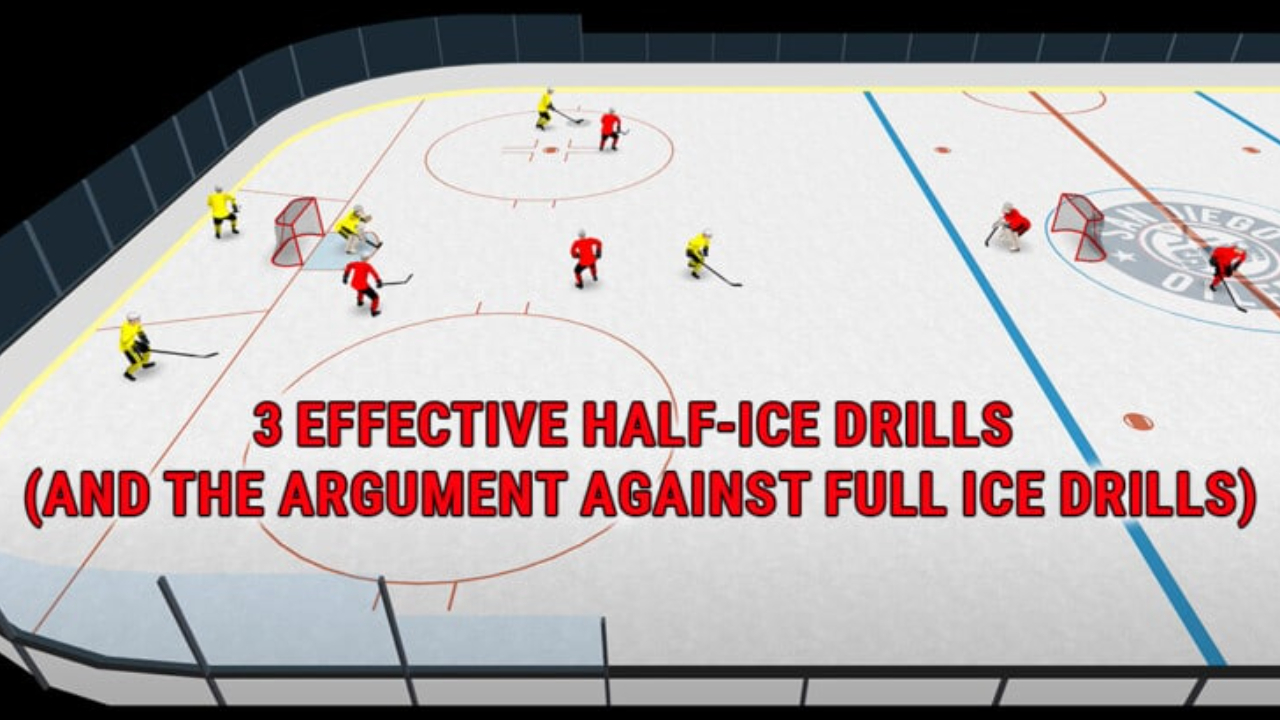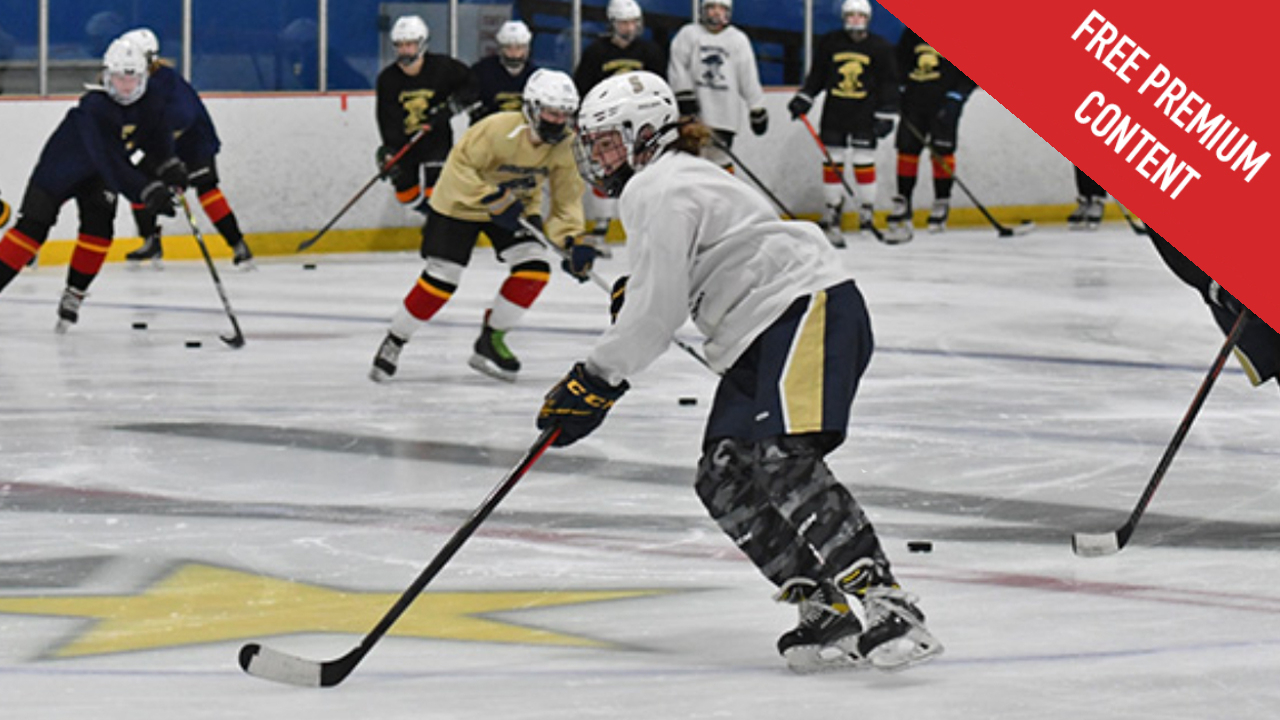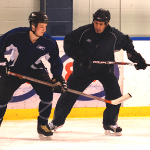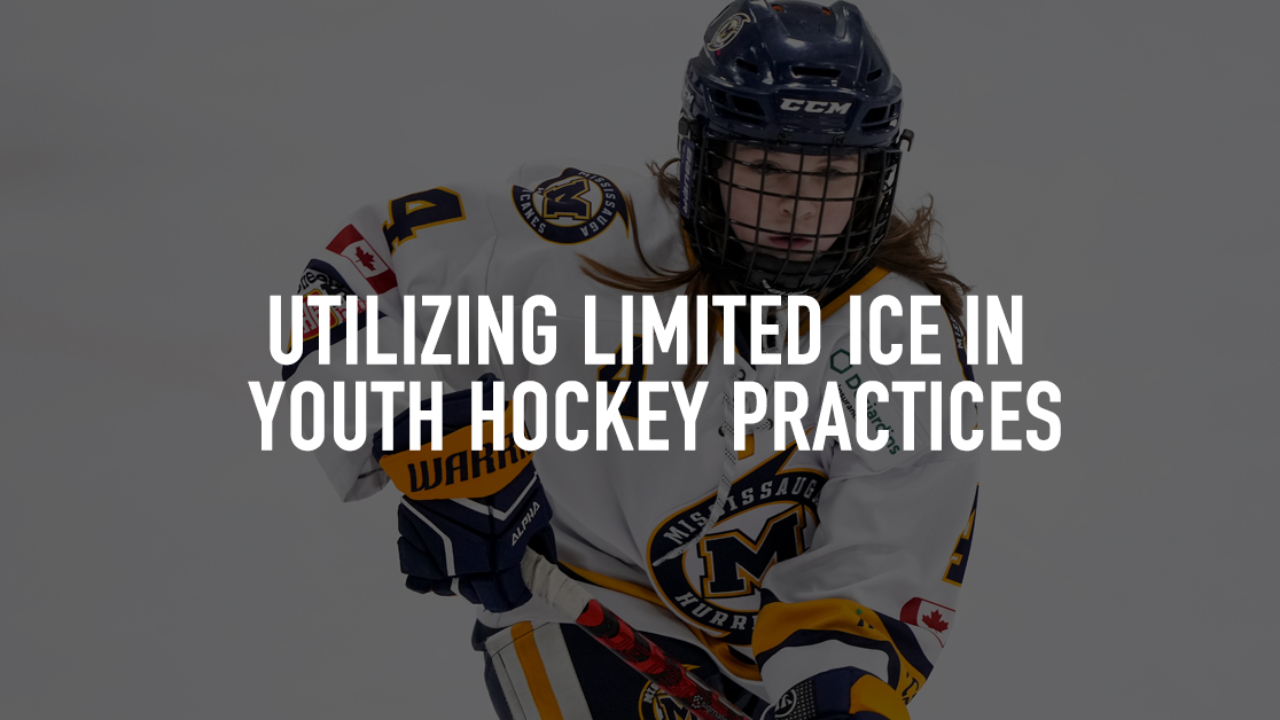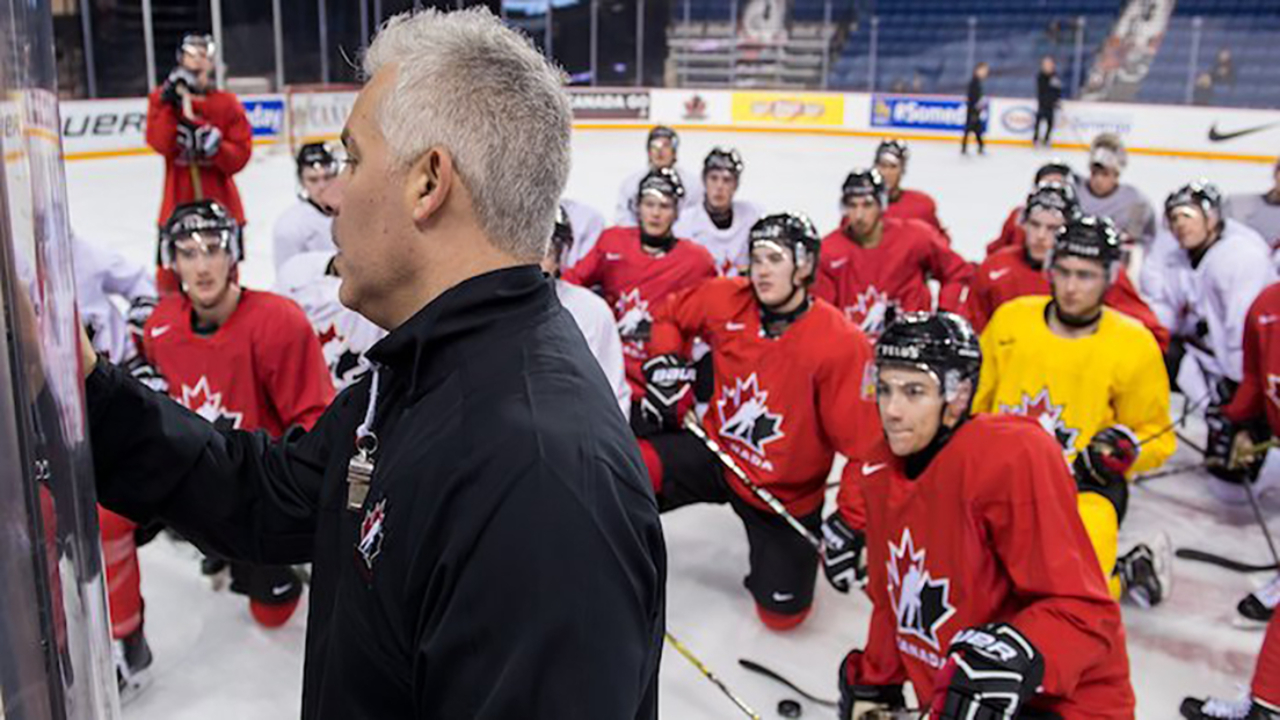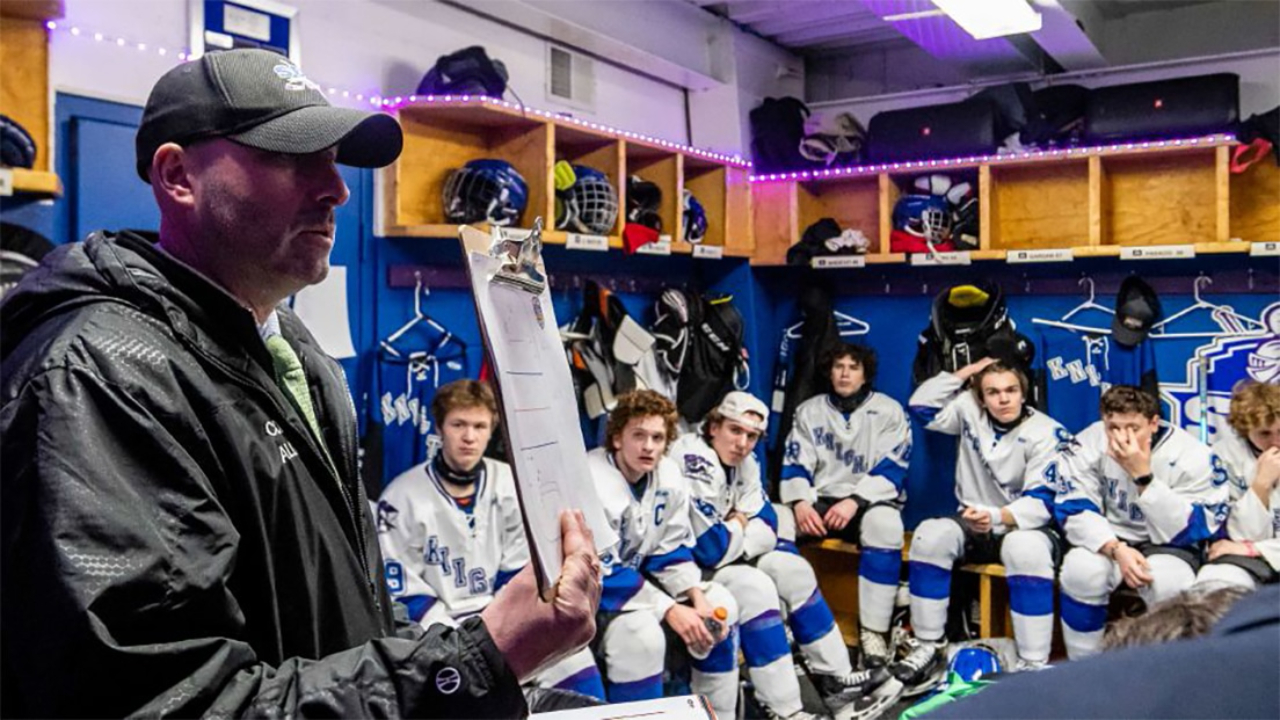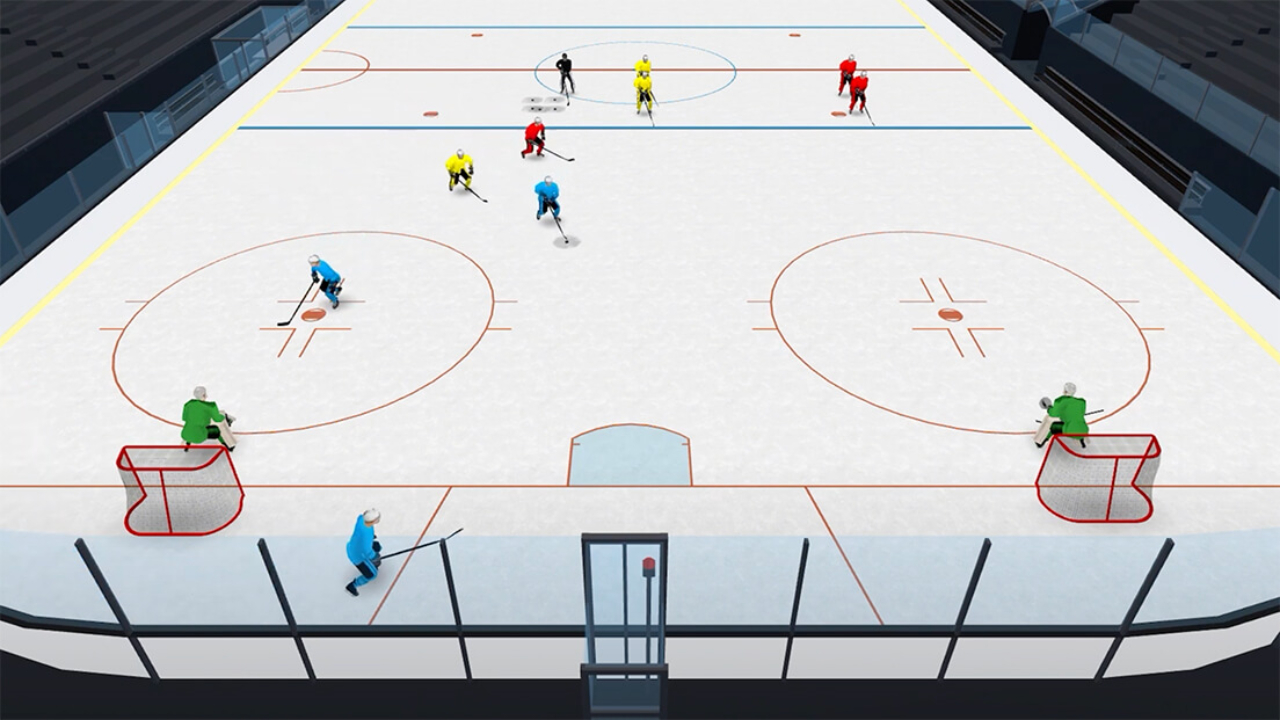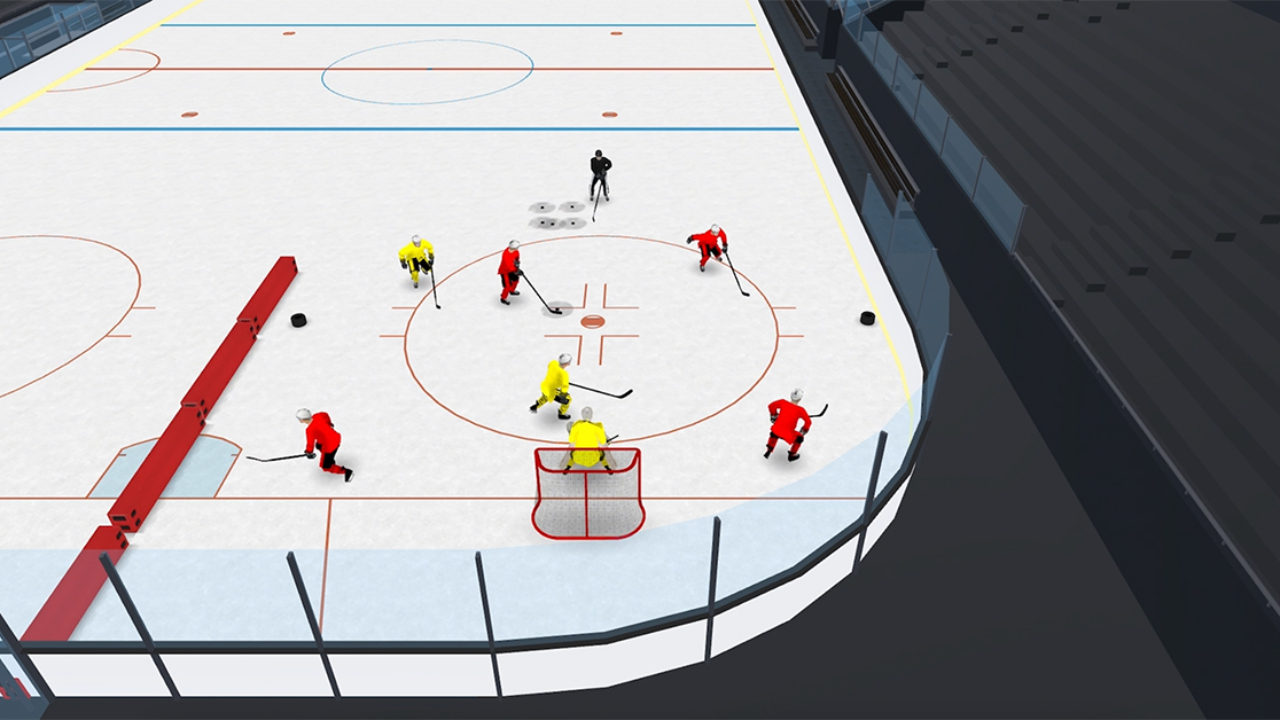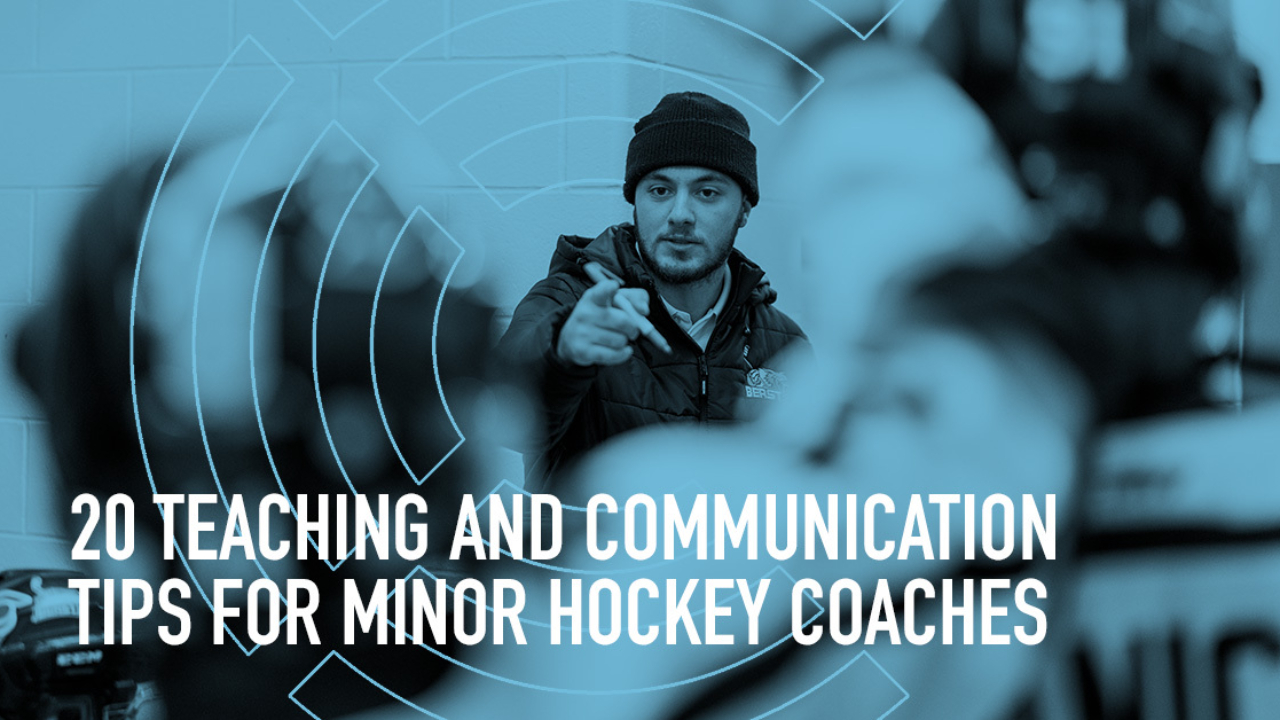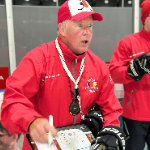
Last week, I broke my leg while refereeing a game. The unfortunate injury has already altered my plans for this season, but it also brought me back to the last time I found myself challenged with a broken leg during the hockey season.
Ten years ago, I hit a tree while skiing which broke my ankle, required surgery and a few screws, and left me coaching almost an entire season of peewee hockey from the bench. I was unable to skate or demo a single drill from December through playoffs. What felt like a massive setback at the time became one of the most important turning points in my coaching career. That season forced me to communicate differently, prepare more intentionally, empower players more often, and rethink what truly drives development. It became a catalyst for a leveling-up experience that shaped me into a more effective and thoughtful coach. Now, as I prepare to coach this season from the bench once again, I am reminded of how impactful and transformative that earlier challenge was.
What surprised me most is how much I grew because of it. Looking back, being forced to adapt became more of a gift than a setback. Having to coach differently forced me to approach practices from a new perspective, trust my players and assistant coaches more, prepare with greater intention, try new methods and drill variations, and sharpen my communication skills. Growth as a coach does not come from your comfort zone, it comes from disruption and embracing the uncomfortable moments that force you to adapt, evolve, and improve.
The following ten lessons came from my experience of coaching while injured, but they are not dependent on injury. My hope is that coaches from any level may be able to use some of these lessons to grow their coaching skills right now simply by choosing to adapt before the game forces it.
Lesson 1: Your Words Matter More Than Your Skates
When you can’t demo a drill, clarity becomes your most important tool. I had to explain drills in concise ways, speak with purpose, and remove extra detail that cluttered the message. I focused on one or two priorities per rep and saved corrections for the breaks.
Players responded by executing with more intent, because they actually understood the objective.
Master your message and eliminate the noise.
Lesson 2: Less Is More
Simplify and remove the clutter from practices whenever possible. Fewer cones, fewer training aids, fewer dividers, and less structure mirrors the open chaos of actual games. What started as a necessity became a new standard for me. Removing unnecessary equipment opened the ice, created natural spacing, gave players more touches, and created an environment that forced the players to make decisions on the ice and in the plays. By simplifying drills and practice setup, my team benefitted by what I refer to as “addition by subtraction”.
Do not confuse more equipment with more development.
Lesson 3: Coach the Game More and the Drills Less
Not being able to skate forced me to stay removed from the chaos of the drill and instead watch the whole picture. I was able to focus on and coach spacing, tempo, game patterns, choices, and game feel rather than micromanaging drill mechanics. Stepping back allowed the players to step forward.
Your view from a distance may be the most valuable one.
Lesson 4: Players Learn From Other Players, Not Just The Coach
Without the ability to demo, players stepped into leadership roles. Having them show the first rep made the drill more relatable and helped me see who truly understood the concept. It also strengthened the team culture, because players naturally engage more when one of their teammates leads.
Empower players to teach, they become better learners.
Lesson 5: Lean On Communication, Video, and Peer Demos
The broken leg made it so I could not rely on demoing a drill, so I relied on three things; clear explanation of the drill, consistently using players or assistant coaches/older players to demo, and video. Video clips from past practices, quick examples from NHL highlights, and Instagram drill posts helped players visualize exactly what success looked like right from my phone. So each drill was explained in three parts; verbally explained, drawn on the coaching board, and demonstrated visually either on the ice or through a video. This three part method (Explain, Draw, Demo) was so effective that I’ve kept using it ever since.
Players learn in different ways, so teach directly to those differences.
Lesson 6: Use Players From the Previous Station as Demo Leaders
In station based skill practices, the players who just completed a drill are the best ones to demonstrate it for the next group. They show the correct speed and pattern naturally because they just finished it. It also reinforces learning through teaching, which leads to deeper understanding. This is particularly successful if there are multiple levels of players on the ice and the older players can demo the drill for the next group of younger players.
Let players be a part of the learning process.
Lesson 7: Intentional Preparation Reduces On Ice Stress
When you can’t skate to fix issues in a drill, your practice must be built to run smoothly. I prepared in advance for extra drill details like puck locations, clear rotations, progressions, and teaching points/ corrections with greater detail than ever before. Practices became more efficient because the structure was designed with purpose and detail-oriented intention.
Preparation amplifies a coach’s impact.
Lesson 8: Ask For Help and Build Community
Asking for help is not one of my strengths. I naturally tend to fight through challenges on my own, but this is not always advantageous and becomes extra difficult when injured. I needed parents, siblings, assistant coaches, and even injured players to step in and support different areas of practice that season. Many discovered they enjoyed helping and became long term contributors to the team in new ways. Asking for help gave others an opportunity to grow and strengthen our program.
Inviting others in expands your impact on the team.
Lesson 9: Seek New Inspiration and Expand Your Coaching Network
Coaching from the bench pushed me to explore new resources for motivation and creativity. I could not rely on my usual habits or go-to drills, so I started searching for fresh ideas. I dug deeper into coaching podcasts, skill development videos, small area game books from USA Hockey, and webinars from coaches I had never listened to before. I reached out to other more experienced coaches, asked for practice setups, and compared how different coaches structured flow, tempo, and teaching cues.
What started as a necessity quickly turned into a door opening. I found new perspectives on development, connected with coaches I had only known in passing, and even discovered a few mentors who helped me rethink how I approach practices. That search for inspiration expanded my coaching network and gave me a broader toolbox of ideas and resources that I still use today.
Growth accelerates when you look beyond your normal circle and invite new perspectives into your development.
Lesson 10: Adaptation Fuels Growth
The biggest realization from this experience was that challenges are not something to avoid. They are something to seek out and learn from. When you are forced out of your comfort zone you must adjust and adapt. You discover new ways to see the game, new methods to communicate, and new opportunities to involve others in the coaching and player development process.
Adapting made me a better coach and it can do the same for anyone. You do not need to be injured to grow. You only need to be willing to stretch beyond your normal routines and get outside of your comfort zone.
Every season provides challenges and opportunities to evolve. Embrace them and learn from them.
You Do Not Need To Be Injured To Learn These Lessons
Although a broken leg ten years ago was the catalyst that forced me to change the way I coached, you do not need to be injured to grow in similar ways. Every coach has the opportunity to simplify, to communicate with more clarity, to empower players, to prepare with greater intention, and to bring more people into the process. Coaching on one leg taught me that my value is not tied to how fast I skate or perform the drills myself, but to how well I teach, connect, and create meaningful environments for the players to develop in. Adaptation is not something we must endure, it is something we should seek out.
When the game challenges you to evolve, whether through injury or circumstance, embrace it and capitalize on the opportunity. Let adaptation to the challenges of the season expand your perspective, strengthen your impact, and develop additional strengths as a coach and teacher. The coach you become as a result of the challenge may be even better than the one you were before it.

